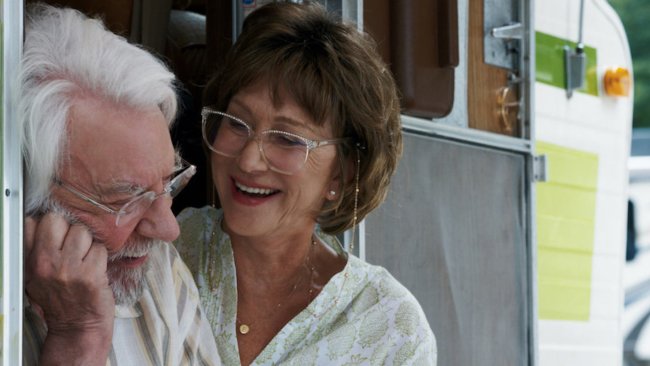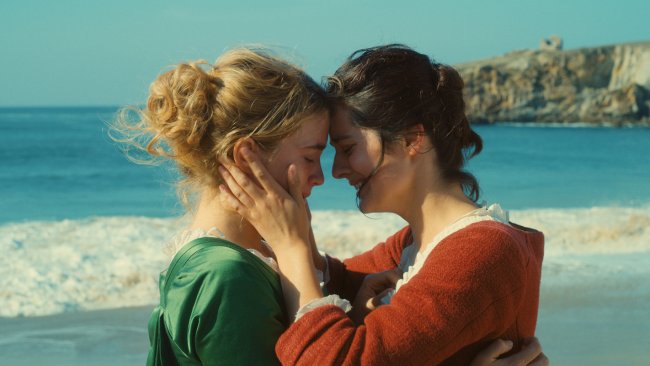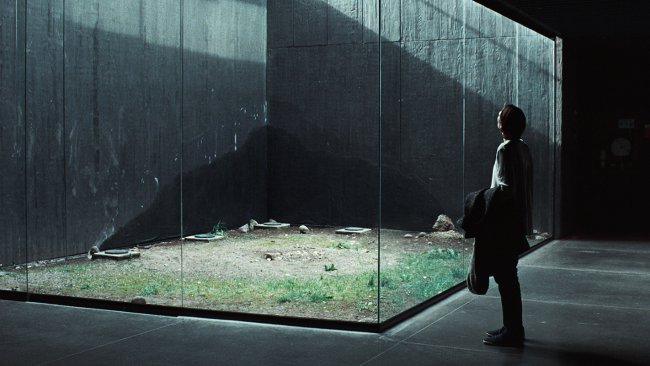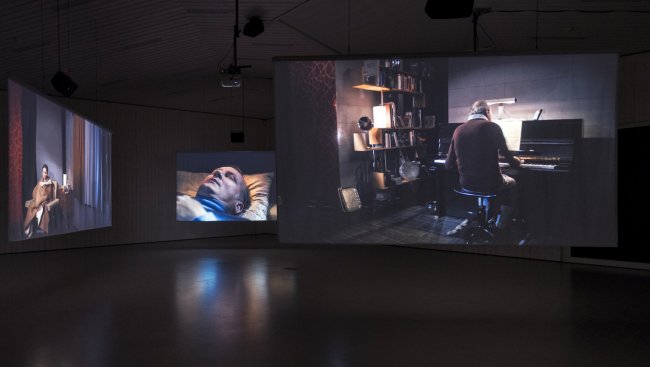Silver Bird and Rainbow Fish
Text: Giuseppe Di Salvatore
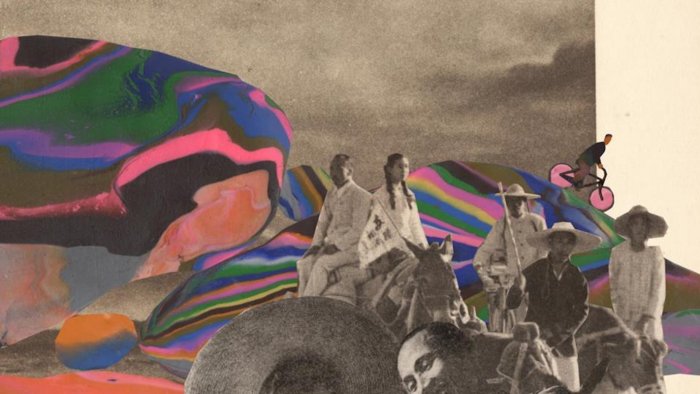
Lei Lei opts for the aesthetic of collage in order to deliver his family saga, almost as if he could stick together what the Chinese Cultural Revolution has broken up, but the collage is also displayed as an expansion of the photographic layer from which the film begins its archeologic work: animation is there to expand and give flesh to the frozen memories of black and white pictures. It is a colourful but also abstract flesh, which insists more on the idea of historic stratification than on the dynamic of movement. One of the most recurring moving elements will be nothing but smoke, that is something destined to disappear…
The recorded voices of the father and the grandfather secure a personal perspective on History, which is per se a critical statement against any collectivist discourse. If this formal choice appears as a gesture of resistance, another formal choice seems to be the expression of resignation, insofar as the use of a puzzling editing architecture creates a chronologically scattered storytelling that makes us experience the irreparable fragmentation of the family.
The heavy use of symbols and the very slow pace of the narration then contributes to make us experience the 104 minutes of the film (certainly unusual for an animation feature) as even longer. Now, this can be taken as a weakness or as the occasion to experience - for better or for worse - the monumentality that is probably deeply at stake in Lei Lei’s motivation and sensitivity towards a both personal and historical issue.
